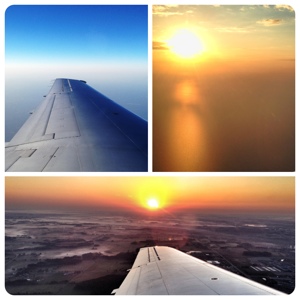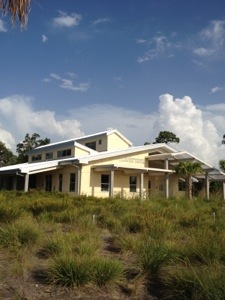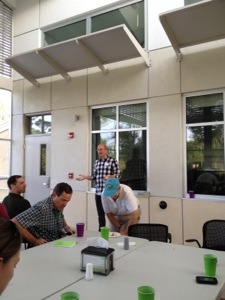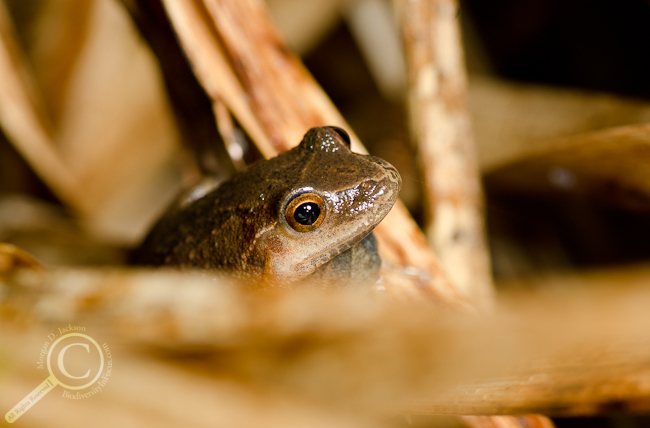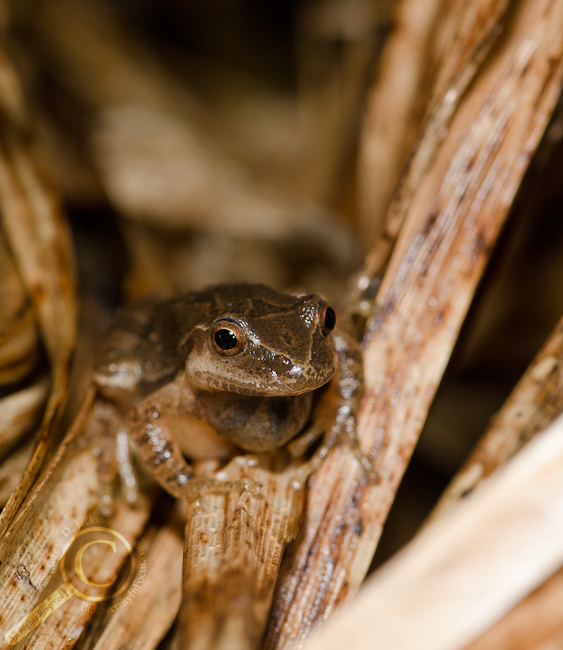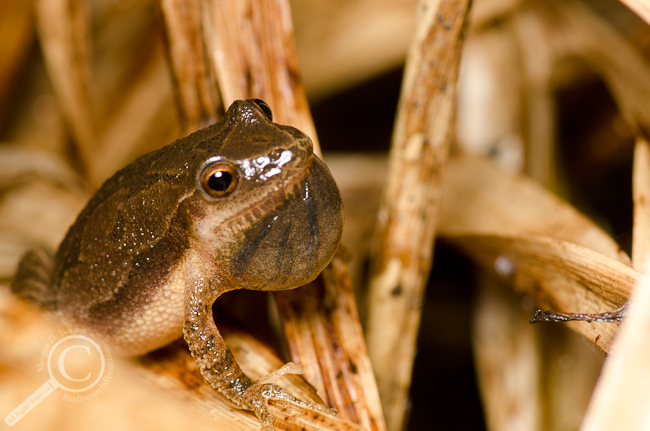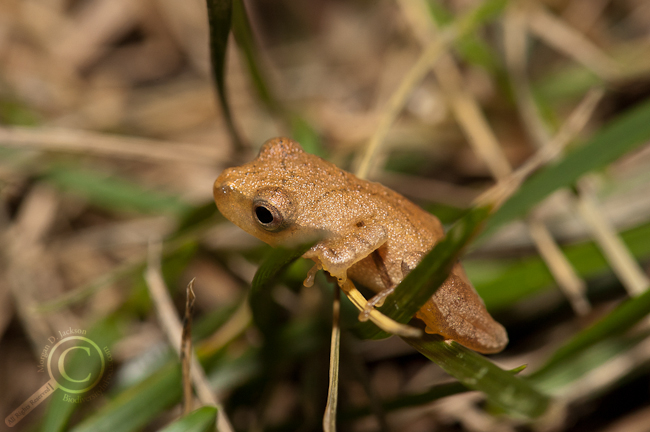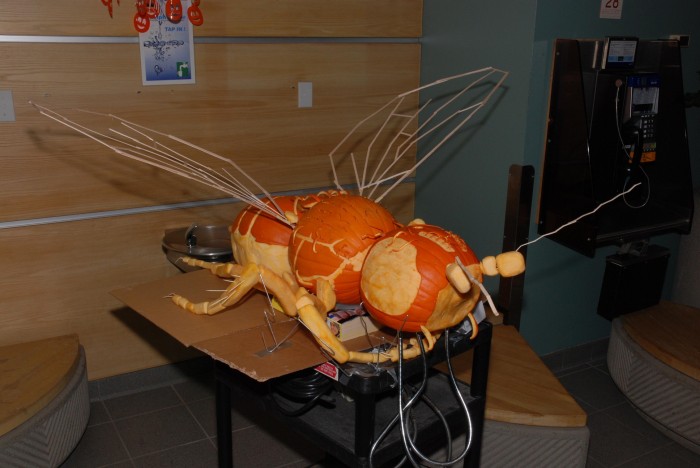Excuse this rather abrupt recollection of Day 1; for a day that started at 4:40am I’m running on pure adrenalin right now! (I’ll add some photos in later, I promise).
I had great flights and really excellent luck at both airports (Chicago in particular, where I walked off the plane, got to the baggage claim just as my bag rounded the carousel, and was through security again all within 15 minutes!) and other than a pretty boring layover in Chicago (note to airports: not offering free wifi is lame. Don’t be lame) travel today was some of the easiest I’ve experienced (knock on wood the same goes for the return trip).
After arriving in Orlando I met up with a few fellow BugShotters and met with my carpool pals for the drive to Archbold Biological Station. After a brief orientation we had some free time to start exploring around the station. The scrub habitat surrounding Archbold is fascinating, with lots of sand, palmetto and even some cacti, all of which I’m sure I’ll become more closely acquainted with by the time the weekend is over. The enthusiasm of the participants was off the charts, with everyone sharing a smile as they scoured the area for anything with 6 or 8 legs.
Dinner was great (steak, brisket and fixin’s) and afterwards Alex, Thomas and John each shared their 5 Top Tips for insect photography. So as not to spoil any future attendee’s experience, I’ll only share the top tip from each that resonated the most with me:
John – Support, Support, Support! He apparently changed this from last year’s Tripod, Tripod, Tripod! to better encompass other forms of stabilization, but it’s a very good point and certainly one of the more difficult aspects of macrophotography.
Thomas (who must be the most modest person ever) – Be persistent and keep taking photos (good things come with volume). Yep, pretty well sums it up.
Alex – Know your subject. Knowing how an insect is going to react, or where it can be found in the first place is one of the most important aspects of insect photography. If you can anticipate an insects behaviour, you stand a better chance of making a good image.
After this first session we all grabbed our gear and explored in the dark. Other than getting munched by a huge number of mosquitoes (who apparently have an ankle affinity) there was a nice diversity of insects out and about for everyone to get started photographing!
Sorry, some sketchy wifi confounded my attempt to post this late last night. Hopefully today’s post will be up later today, with photos!

